'No one has been able to prove this:' La Crosse researchers find melanoma can recur decades later
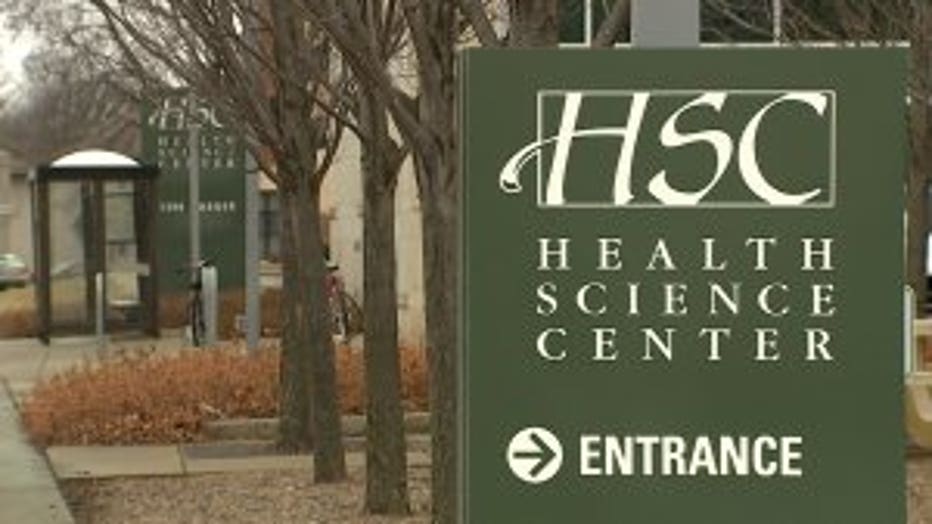
LA CROSSE -- Scientists in Wisconsin have made a skin cancer breakthrough. Their discovery was only made possible because the researchers in La Crosse are pack rats.
Dr. Pariac Kenny collects cancer. He has more than 30,000 samples. The director of the Gundersen Medical Foundation's Kabara Cancer Research Institute collects and catalogs those samples in the institute’s bio-bank. Some of the samples date back to the 80s.
Dr. Kenny and his research partner, Dr. Jerry Miller, used one of those samples to prove for the first time scientifically, that melanoma can recur 30 years after its first diagnosed.
“No one has been able to prove this before," said Dr. Kenny.
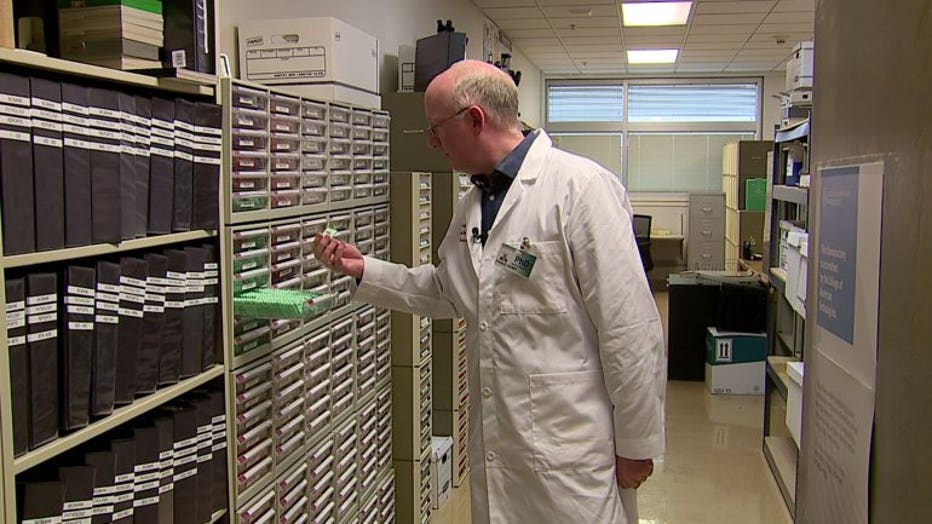
Dr. Pariac Kenny
The Gundersen bio-bank is one of only a handful of these long-term tissue banks around the world. Most hospitals toss tissues after 10 years; the waiting period required by Federal law. In 1983, Gundersen started keeping cancer tissue samples indefinitely.
“It’s not quite Jurassic Park, but we have the ability to go back 30, 40 years to these older samples to extract DNA”, said Kenny.
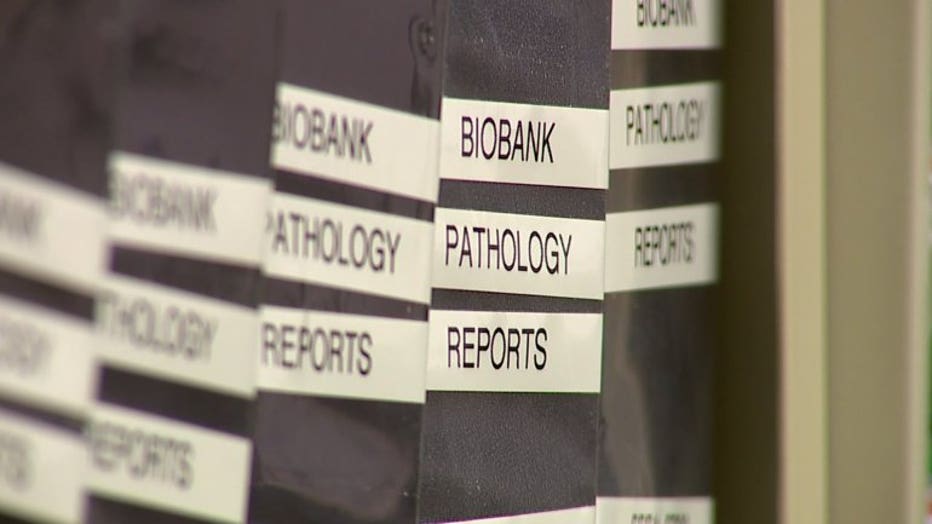
Gundersen bio-bank
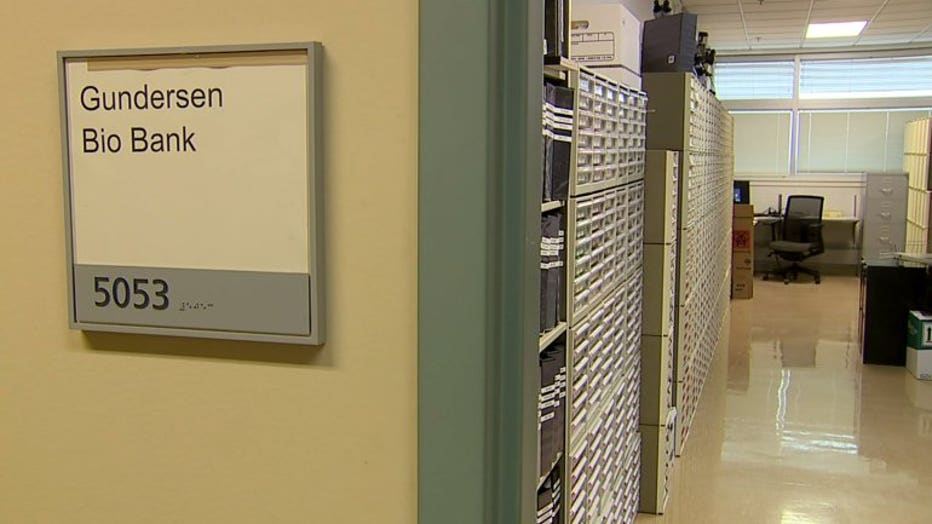
Gundersen bio-bank
Which is why, when a patient walked back into Dr. Miller's exam room 30 years after his first bout with melanoma, Dr. Miller picked up the phone. Dr. Miller believed his patient's original melanoma skin cancer had returned because it grew in the same location as before. He asked Dr. Kenny to prove it.
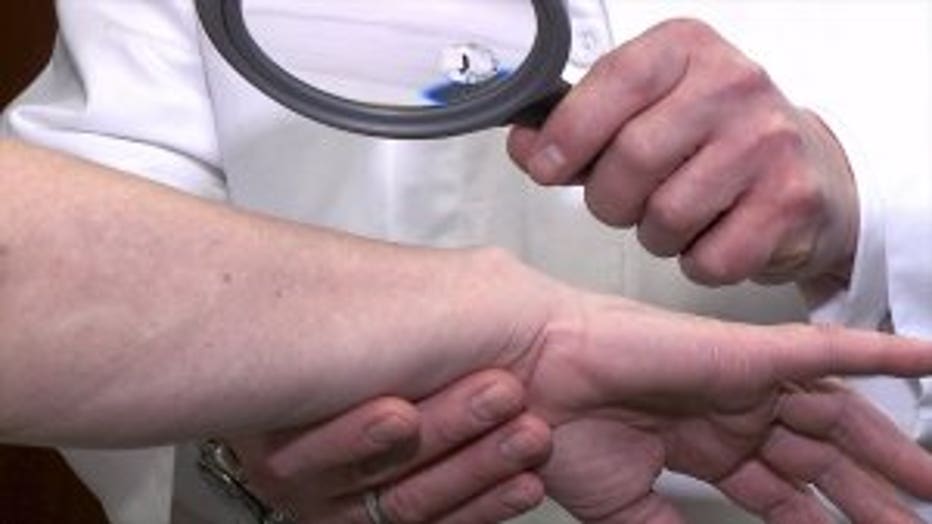
Melanoma is a dangerous and often deadly cancer. According to Dr. Miller, patients with melanoma die at a rate of one every hour -- but if melanoma goes into remission and doesn’t come back within a few years, it never will -- or at least that’s what the medical community thought.
“This was a tremendous opportunity for us. We could step back into 1985, retrieve the patient's original sample, and compare the new tumor with the old tumor," said Dr. Kenny.
Dr. Kenny used a bio-sequencer to compare the DNA from both samples. He found the second cancer cell was identical to the first -- proving for the first time scientifically, that melanoma can recur more than three decades after its first appearance.
“We are on the cusp of a revolution with how we treat cancer and other disease, and it's all because of DNA”, said Dr. Miller.

Gundersen bio-bank
Both doctors believe, because of the new findings, patient follow-up care needs to continue for decades too. They are hopeful their research, recently published worldwide, will push other medical centers to make space for the long-term storage of cancer tissue.
Dr. Kenny said most institutions don't store samples indefinitely, because it takes a lot of man power to catalog all the samples. Kenny believes it’s worth it.
“A lot of stories are hidden in here waiting to be discovered with research," he said.

Gundersen bio-bank
Related links:

